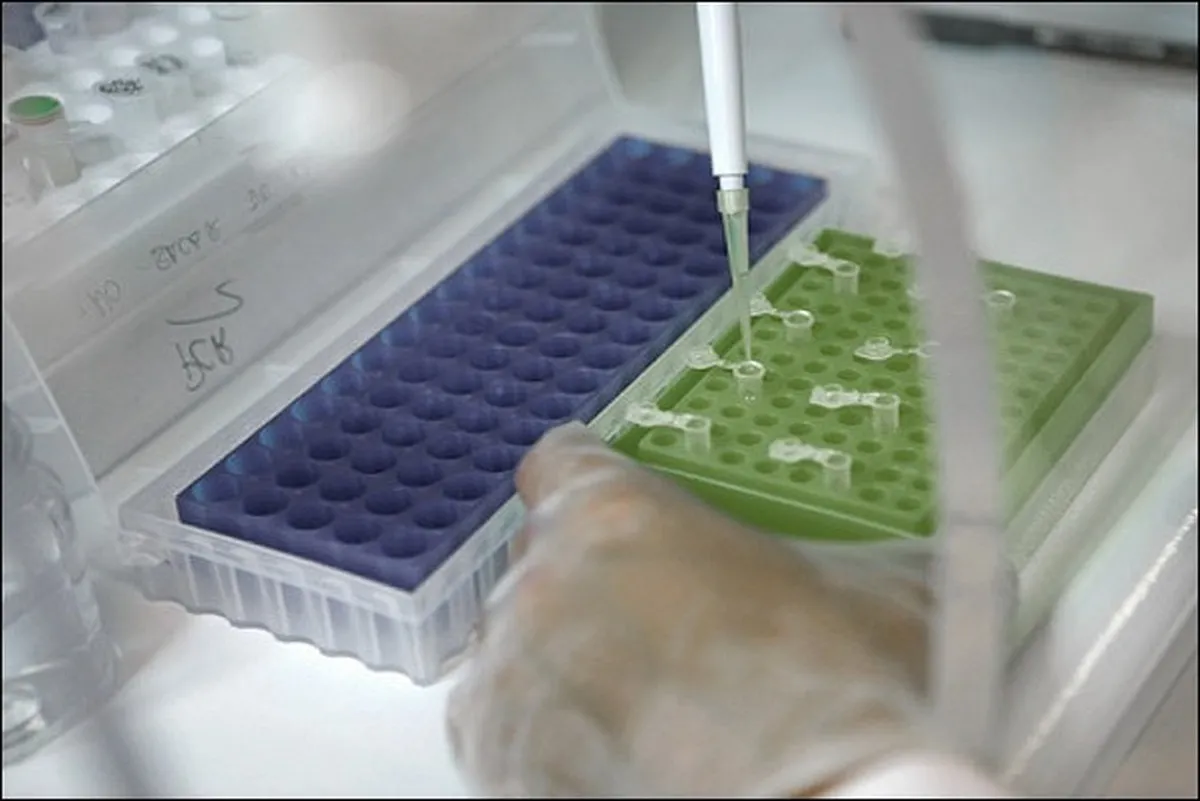Scientists in Iran Make Artificial Ovary for Transplantation of Ovarian Cells

“By removing and isolating damaged tissue from the body of cancer patients and replacing it with new tissue, often obtained from stored fetal umbilical cords and other connective tissues in the body, embryologists perform decellularization. The connective tissue in the ovary is placed inside this cell scaffold and the new tissue in the ovary is regenerated,” Rouhollah Fathi, an associate professor of the Department of Embryology and the vice-chancellor of Royan Research Institute, told ANA.
He explained that results of the project have been published in line with the latest research of the world's largest universities.
Noting that the artificial ovary research project has reached several new achievements, Fathi said, “Proving that women's bodies can produce eggs during adulthood has been one of the most important achievements of this project in the world.”
“If in the future we can have a baby born from regenerated ovarian tissue, we will have taken the most effective step in developing the achievements of this research,” he underlined.
In a relevant development in September 2022, Iranian researchers at Tabriz University used nanotechnology to produce a new type of drug carrier utilized in treating patients with ovarian cancer.
A drug carrier is a substrate used in the process of drug delivery which serves to improve the selectivity, effectiveness, and/or safety of drug administration. Drug carriers are primarily used to control the release of drugs into systemic circulation. This can be accomplished either by slow release of a particular drug over a long period of time (typically diffusion) or by triggered release at the drug's target by some stimulus, such as changes in pH, application of heat, and activation by light.
A large variety of materials, specially nanostructures, are used as drug carriers. Graphene is one of the materials that can be used to this end.
Several points should be paid attention in studying drug carriers; first, production of the drug carrier; second, checking the amount of adsorption of the anti-cancer drug, and third, the release rate of the medicine by the drug carrier when it approaches the cancer cell.
4155/v





















